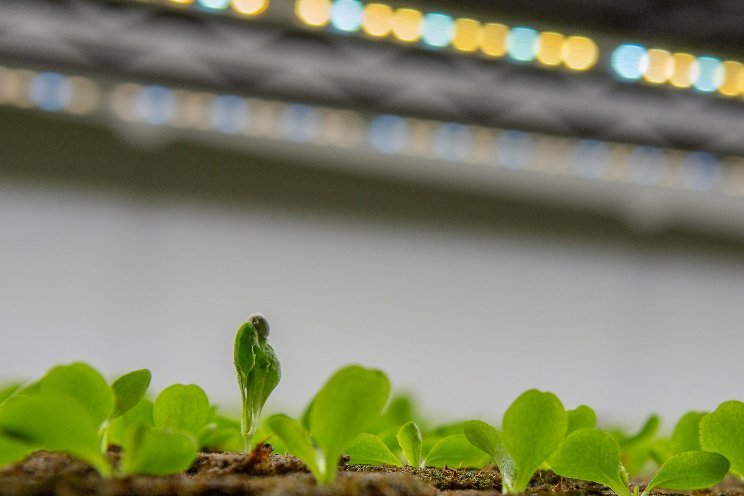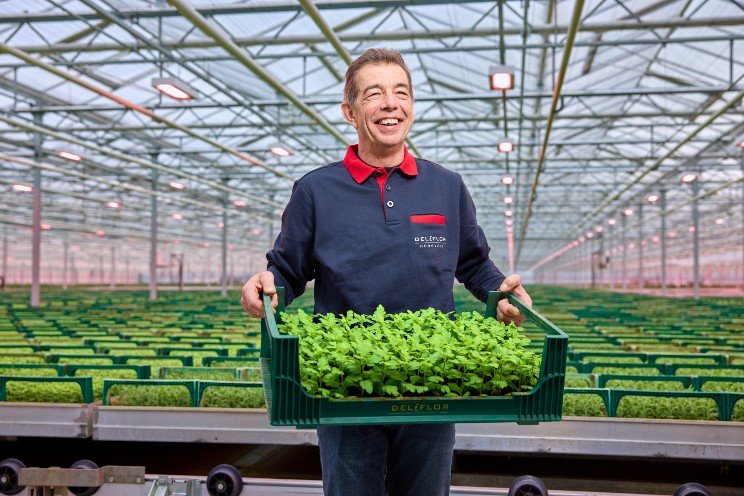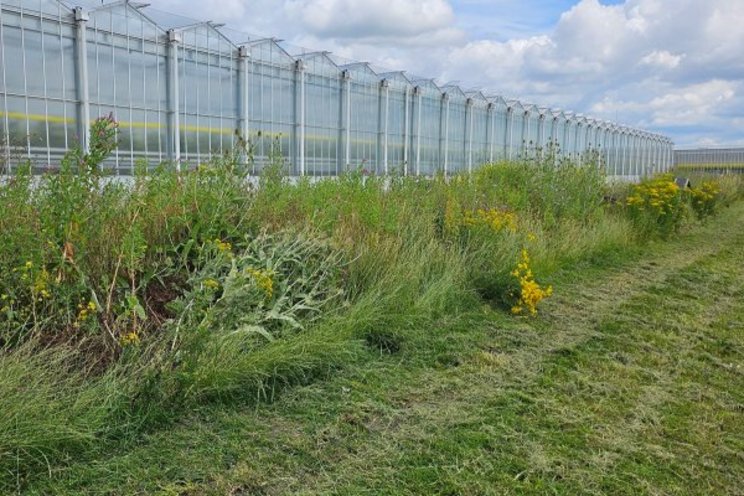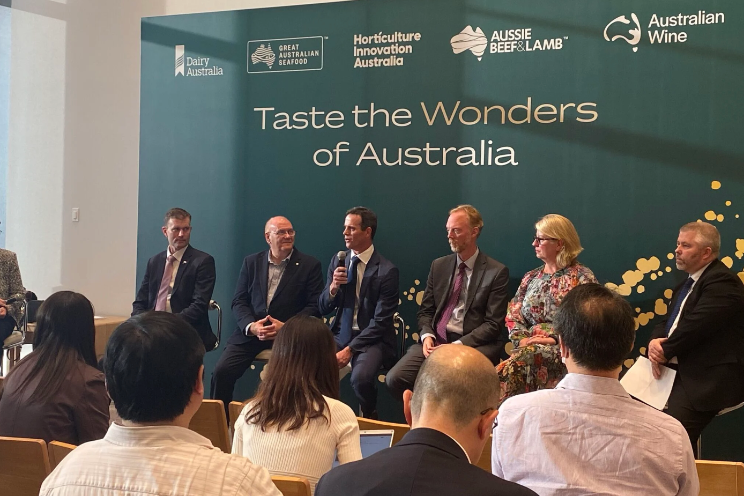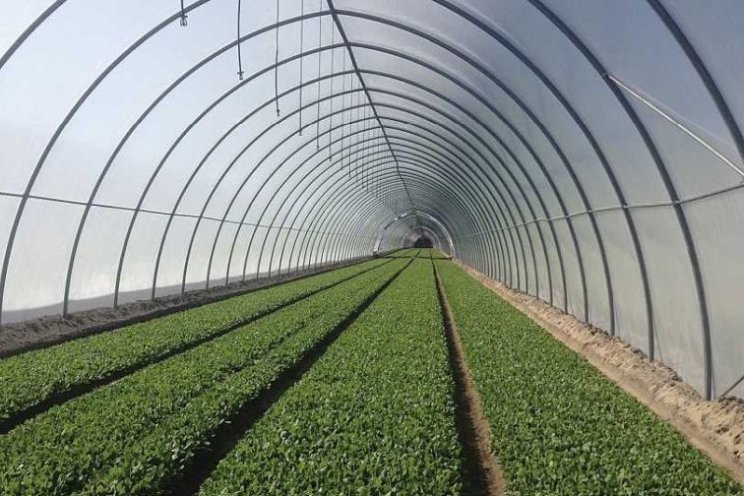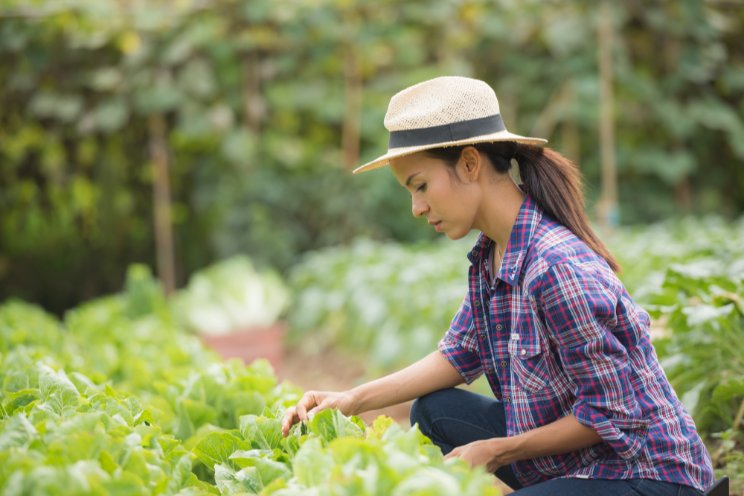Hybrid lighting for cultivation location in Made
Added on 13 July 2023
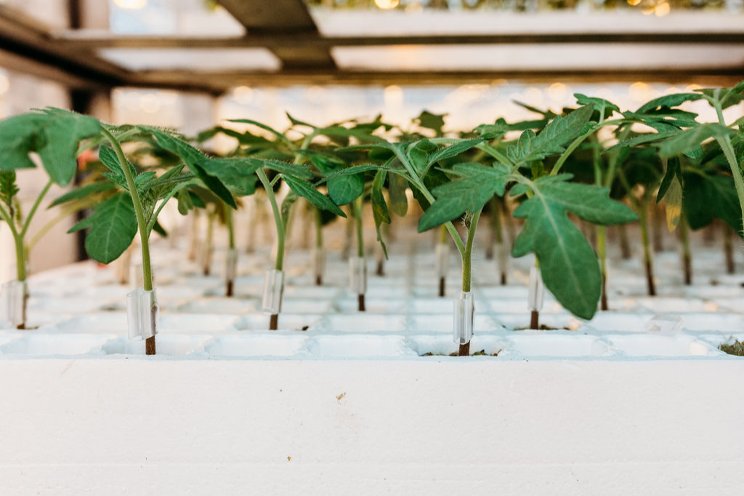
𝗖𝘂𝗹𝘁𝗶𝘃𝗮𝘁𝗶𝗼𝗻 𝗹𝗼𝗰𝗮𝘁𝗶𝗼𝗻 𝗶𝗻 𝗠𝗮𝗱𝗲 𝘀𝗵𝗶𝗻𝗲𝘀 𝘄𝗶𝘁𝗵 𝗵𝘆𝗯𝗿𝗶𝗱 𝗹𝗶𝗴𝗵𝘁𝗶𝗻𝗴
With sustainability as the main starting point, WPK is working on its mission to make the world a little greener every day, while ensuring optimum plant quality. "Within the cultivation location in Made, we have chosen - as in 's-Gravenzande - to start using hybrid lighting. This is because with hybrid lighting you have the controllability of LED lights and the warmth of traditional lighting. This combination is best suited to our situation at the moment," Wim says.
Hybrid lighting: the magic mix that makes all the difference!
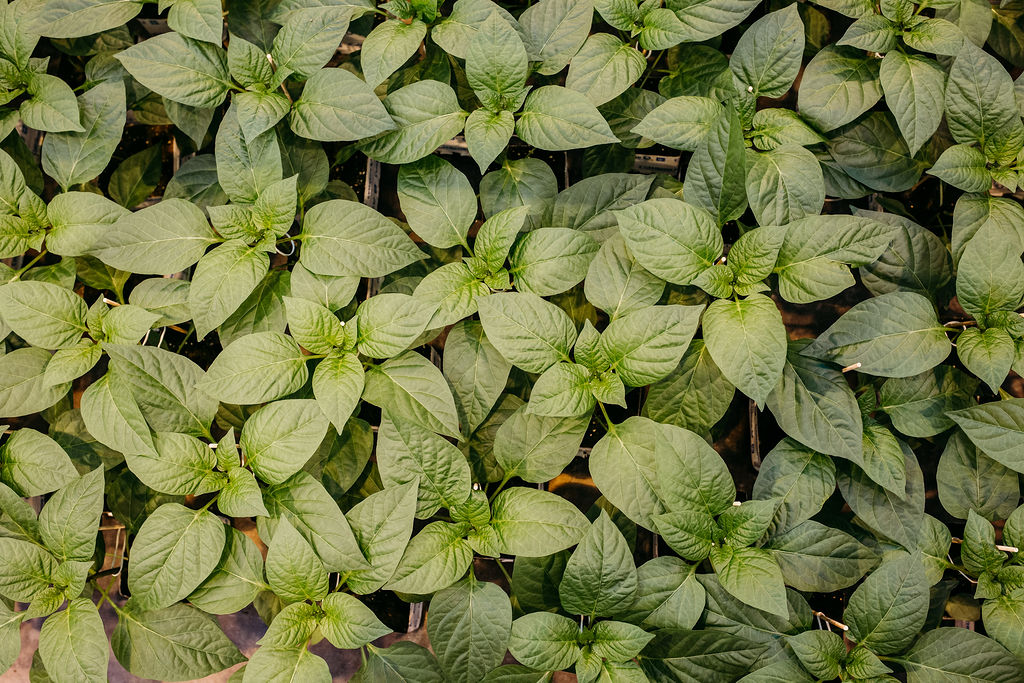
"In cooperation with the developer and supplier, Red Horticulture, and the installer, Boekestijn Elektrotechniek, we implemented the hybrid lighting on 1.5 HA of cultivation area in Made. We are currently investigating the most efficient light colour for each plant type. This is precisely why the flexibility of controllable light is of great value to us," Tjebbe continues.
"Every tomato, pepper and cucumber has its own light requirements. With controllable LED light, we can meet those special needs so that our crops can grow at their best. From our experience we have with both HPS and LED lighting, we are now perfecting the ratios for each crop."
But what makes this combination so magical? "On warmer days of the year, you don't bring extra heat into the farm by using LED. The downside is that on cold days, you miss heat. However, this is precisely why a hybrid solution was chosen," states Tjebbe. "An additional advantage of hybrid lighting is the energy savings. With the same amount of energy, we can give more light to the plants. This results in a more efficient use of energy, while at the same time we create an optimal growing environment. All in all, hybrid lighting offers a balanced mix of heat regulation, energy savings and an optimal environment for the growth of our crops," Wim concludes.
More news

